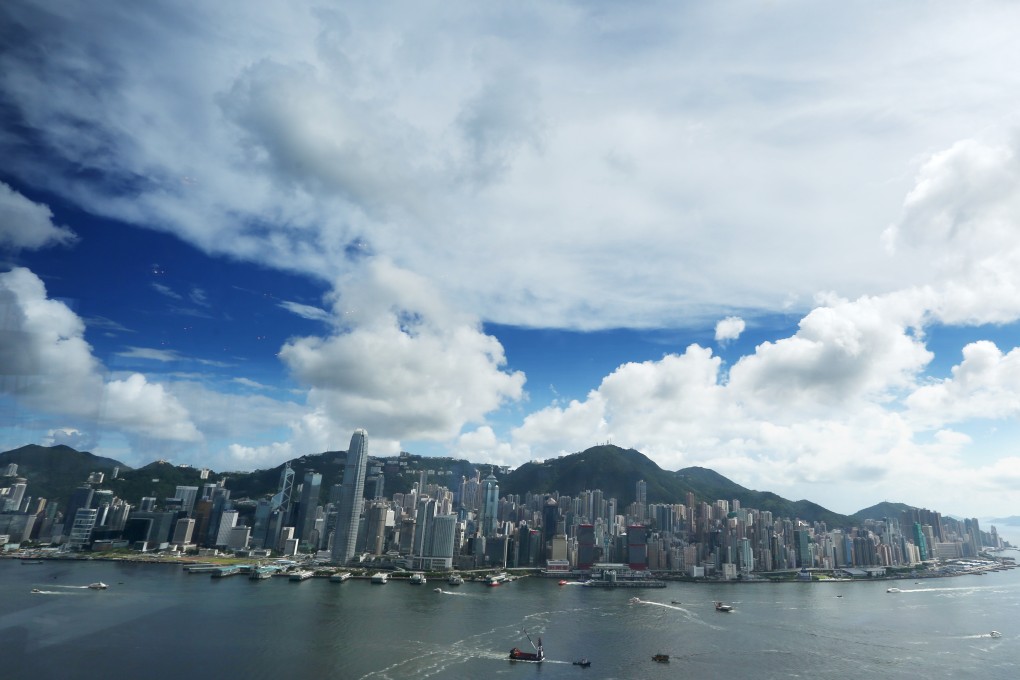Advertisement
Top 5 innovations to turn polluted, congested Hong Kong into a green city of the future
Reading Time:3 minutes
Why you can trust SCMP

The modern city bulges with buildings, cars and people. Think of a city like Hong Kong and you picture streets lined with apartment blocks and skyscrapers; streets choking with smartphone-using, coffee-drinking pedestrians, and of course, endless traffic.
Mass urbanisation, for all its benefits, is followed by a trail of collateral damage: pollution, congestion, energy consumption, and waste.
SCMP staff reporters sifted through the technologies, both current and in development, that could transform how urban dwellers live their lives, and have a positive benefit on their surroundings.
Advertisement
PRT pods
Advertisement
Advertisement
Select Voice
Choose your listening speed
Get through articles 2x faster
1.25x
250 WPM
Slow
Average
Fast
1.25x